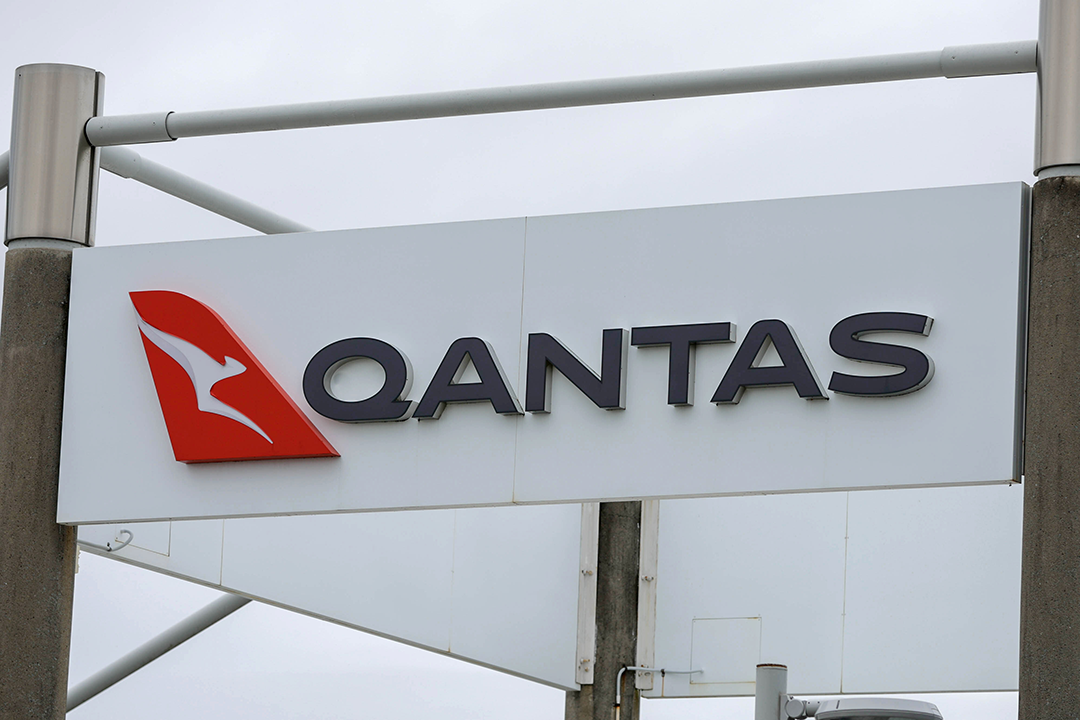

As the US inflation number disappoints on the high side again and Wall Street surprisingly went higher, we saw a related story from the flying Kangaroo — Qantas — which has flown high back into profit to the tune of $1.3 billion. And that’s only for the half-year! Anyone who has flown recently isn’t at all surprised, given the prices we’re paying right now to go on holidays or do business.
The latter is the link between this great news for Qantas shareholders, who saw their stock price spike 8.7% in one day, yesterday. Year-to-date, the Qantas share price is actually up 9.13% to $5.62, while the overall Aussie stock market is down a big 12.48%!
That’s the power of a price-leading oligopolist like Qantas, where the demand for flying for some well-heeled flyers, and those who have to fly for business, is what we call price inelastic.
When a business raises prices and there’s little rejection of the good or service, economists say demand is very inelastic. Petrol for your car is a case in point. So is beer on a Friday afternoon after you’ve been digging holes all day. For some people it’s shoes, while for others it’s going to the footie, where you might hate the price they charge but love the game so much, you pay it!
The Qantas story on a soaring profit gets down to the following:
This is a company that had racked up $7 billion in losses since we first heard about a thing called the Coronavirus, and this result is pretty damn good considering overseas short-term traveller numbers are only at 44% of 2019 levels.
Given all this, it has been aggressive pricing for those who must fly either because they’re business people or they’re simply addicted to holidaying, and explains why US inflation for the year to September came in at 8.2%, when economists surveyed expected to see 7.9%.
The price-setters are in charge. In the US, it was rents and food that kept prices higher than expected, but why was the Dow up over 800 points ahead of its close?
I don’t know! No one really does but here are some ideas:
“Maybe we get this last gasp higher in inflation and from here we start to decelerate,” Liz Ann Sonders, chief investment strategist at Charles Schwab told CNBC. She added, however, that “swings in stocks are likely to continue as investors digest more inflation data and earnings season kicks off.
The next CPI number for October comes out on November 10, which unluckily is after the next Fed meeting on interest rates on November 2, so the Yanks will cop a 0.75% rate rise then, but if inflation then falls eight days later, stocks will surge. However, if they don’t, it will be more of the same. Curses, foiled again!
Not until the big price-makers in the US (like Qantas) start cutting prices because of falling demand, then inflation will stay too high for central banks determined to kill inflation.